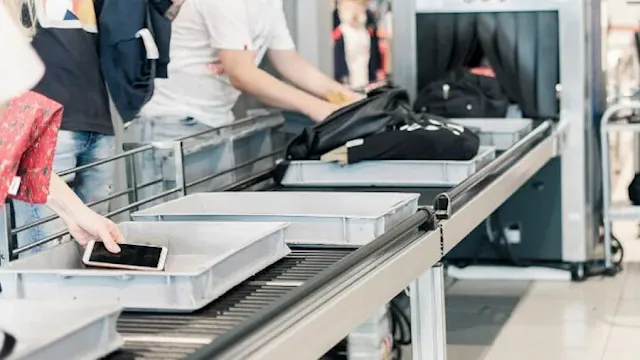Navigating the Skies with Soccer Balls: Your Guide to Flying with Sports Equipment
For soccer enthusiasts, the idea of traveling without their beloved ball might seem unthinkable. Whether you're heading to a friendly match abroad, a tournament, or simply want to keep practicing while on vacation, you might find yourself wondering: Can I bring a soccer ball on an airplane, and if so, how? The rules surrounding transporting soccer balls on flights spark curiosity and, sometimes, confusion. Let's clear the air and kick around the facts about flying with soccer balls, whether they're inflated, deflated, or if you're better off leaving them at home.
The Policy on Soccer Balls in Air Travel
The good news is, yes, you can bring soccer balls onboard! However, the way you do so can vary depending on airline policies and whether you're packing them in carry-on or checked luggage. Understanding these guidelines will ensure that your journey with your soccer ball is as smooth as a well-executed dribble.
Inflated Soccer Balls
Traveling with inflated soccer balls in your carry-on luggage might raise eyebrows at security checks. The concern here is about pressure changes in the cabin and the potential for creating a safety risk. However, many airlines allow sports equipment like soccer balls onboard, provided they meet certain conditions. It's often recommended to slightly deflate the ball to reduce these risks and comply with airline policies.
Deflated Soccer Balls
Deflated soccer balls are much easier to travel with and are generally the preferred method by airlines. A deflated ball takes up less space, eliminates the risk associated with pressure changes, and can be easily packed in both carry-on and checked luggage. Packing a small pump is a wise move so you can easily inflate the ball once you reach your destination.
Not Bringing Them At All
While the idea of not bringing a soccer ball might seem disappointing, it's worth considering if you're traveling light or if your destination provides sports equipment. Some resorts, hotels, and sports facilities around the world offer soccer balls for guests to use, saving you the hassle of packing one.
Tips for Flying with Your Soccer Ball
Check Airline Policies: Before you pack your soccer ball, review your airline's specific policies on sports equipment. This can save you from any surprises at the airport.
Consider Deflation: If you decide to bring your soccer ball, deflating it can make your journey easier. Remember to pack a pump to inflate it once you arrive.
Use a Protective Bag: Whether inflated or deflated, placing your soccer ball in a protective bag can prevent damage and keep it clean.
Be Prepared for Security Checks: If carrying the ball in your carry-on, be ready for additional screening at security checkpoints. Cooperation and understanding the screening process can make this a breeze.
Explore Local Options: Research your destination to see if renting or borrowing a soccer ball is feasible. This could be a convenient alternative to bringing your own.
The Final Whistle
Traveling with a soccer ball can add an exciting element to your trip, allowing you to enjoy the beautiful game wherever you are in the world. By following airline guidelines and preparing accordingly, you can ensure that your soccer ball makes it to your destination without any hiccups. Whether inflated, deflated, or opting not to bring one at all, the key is to plan ahead for a seamless travel experience. So, lace up your boots, pack your ball (wisely), and get ready for your next soccer adventure!













